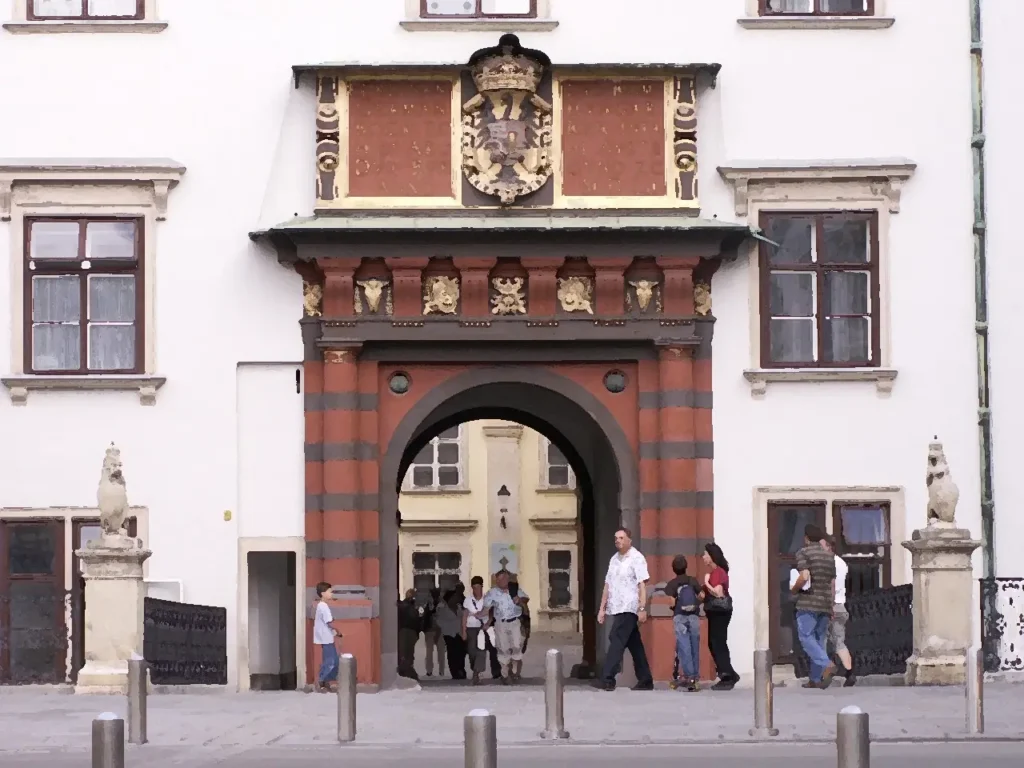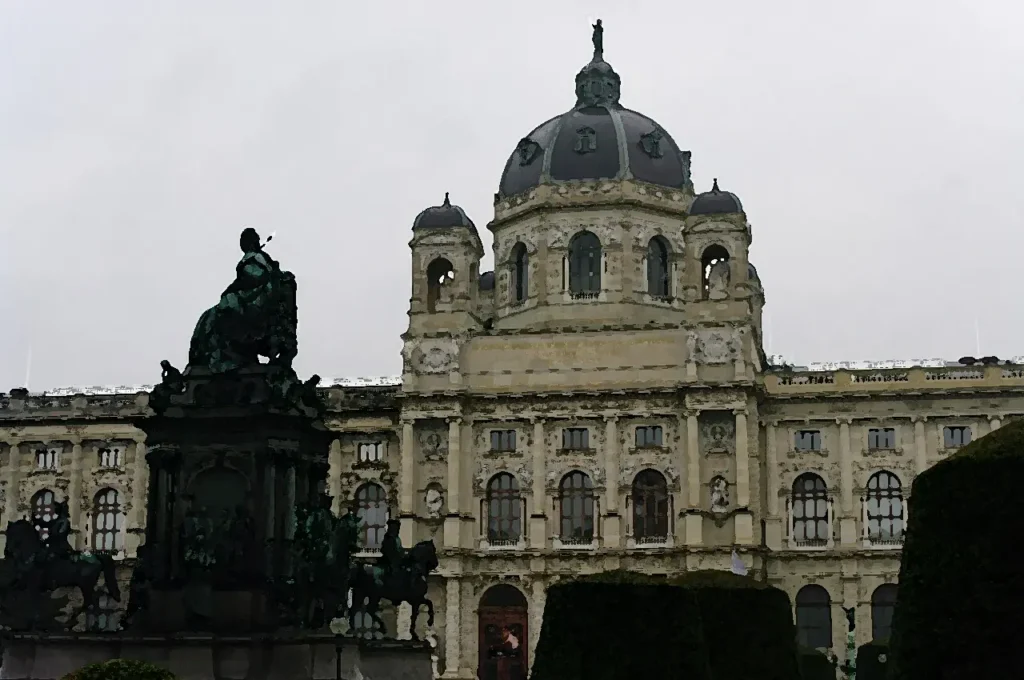In the heart of Vienna stands the magnificent Hofburg Palace, a sprawling imperial complex that served as the winter residence and seat of power for the Habsburg dynasty for over 600 years.
Today, this architectural masterpiece continues to function as the official residence of Austria’s president while welcoming visitors to explore its opulent halls, museums, and gardens. More than just a single building, the Hofburg is a city within a city—a testament to imperial ambition that grew organically over centuries, with each Habsburg ruler adding their own architectural signature to this symbol of power.

Hofburg Palace – From Medieval Castle to Imperial Powerhouse
The Hofburg’s story begins in the 13th century with a medieval castle built by King Ottokar II of Bohemia. After Rudolf I of Habsburg took control of Austria in 1278, this modest fortress became the nucleus around which generations of Habsburg monarchs would expand their residence. The original Gothic structure gave way to Renaissance and Baroque additions as the Habsburg Empire grew in wealth and influence.
Emperor Ferdinand I commissioned the Swiss Wing in the 16th century, bringing Renaissance elegance to the complex. The 17th century saw the addition of the magnificent Leopold Wing under Emperor Leopold I, its grand facade and ceremonial rooms reflecting Austria’s rising status. The 18th century brought Maria Theresa’s renovations, including the Redoutensaal ballrooms where Mozart once performed for the imperial court.
The final major expansion came in the late 19th century during Emperor Franz Joseph’s reign, when the Neue Burg (New Castle) wing was constructed as part of his ambitious Ringstrasse project. Though never fully completed as planned, this sweeping curved addition with its imposing neoclassical façade dramatically transformed Vienna’s cityscape and remains one of the Hofburg’s most impressive features.
Book a Combined Ticket to Hofburg Palace and The Imperial Treasury >>
Book a Ticket to Sisi Museum >>
A Treasury of Cultural Institutions
Today’s visitors find not one palace but a complex housing multiple museums and institutions, each offering unique glimpses into imperial life and Austrian heritage.
The Imperial Apartments provide an intimate look at the daily lives of Emperor Franz Joseph and his beloved wife Elisabeth (Sisi), with rooms preserved largely as they were during the final decades of Habsburg rule.
Adjacent to these apartments, the Sisi Museum delves into the complex personality and tragic fate of this iconic empress, whose beauty and independent spirit captured the public imagination then and now.
The Spanish Riding School, founded in 1565, continues its centuries-old tradition of classical dressage with its world-famous Lipizzaner stallions performing in the exquisite Winter Riding School. The Austrian National Library’s State Hall, with its magnificent frescoed ceiling and towering bookshelves, houses over 200,000 volumes from between 1501 and 1850 in one of the world’s most beautiful library spaces.
In the Imperial Treasury, visitors marvel at the crown jewels of the Holy Roman Empire, the Austrian Imperial Crown, and priceless Habsburg treasures including the Holy Lance and the world’s largest emerald. The Imperial Chapel (Hofburgkapelle) still resonates with the voices of the Vienna Boys’ Choir during Sunday mass, continuing a musical tradition that stretches back to 1498.
The Hofburg Palace – A Living Legacy
The Hofburg has witnessed pivotal moments in European history—from imperial coronations to the dissolution of the 600-year Habsburg Empire after World War I. The balcony of the Neue Burg became infamous as the site where Hitler announced the Anschluss (annexation of Austria) to cheering crowds in 1938. After World War II, the palace found new purpose as both a symbol of Austria’s democratic rebirth and as a cultural treasure open to all.
Today, the Hofburg hosts important state functions in the former imperial apartments while its grand ceremonial spaces serve as venues for balls, concerts, and conferences. The Heldenplatz (Heroes’ Square) before the palace becomes a gathering place for Viennese citizens during national celebrations, demonstrating how this former imperial space has been reclaimed as a democratic public forum.
Exploring the Complex
A visit to the Hofburg offers endless discoveries across its 240,000 square meters and 18 wings. Begin in the central In der Burg courtyard, the oldest part of the complex, before exploring the various museums according to your interests. The elegant Burggarten provides a peaceful retreat with its palm house and Mozart monument, while the Volksgarten across Ringstrasse offers rose gardens and classical temples.
Allow at least half a day to explore the main attractions, though history enthusiasts could easily spend several days investigating the complex’s many facets. Combination tickets offer savings for visitors wishing to explore multiple museums. Evening concerts in the imperial halls provide magical opportunities to experience the palace as generations of aristocrats once did—surrounded by orchestral music in settings of unparalleled grandeur.
Book a Combined Ticket to Hofburg Palace and The Imperial Treasury >>
Book a Ticket to Sisi Museum >>

The Spirit of an Empire
Writer Stefan Zweig, who witnessed the final days of Habsburg rule, once observed: “The Hofburg is not merely stone and mortar, but the architectural embodiment of a multinational idea that held together peoples of different languages, religions, and customs under a single crown. In its corridors and chambers, one can still feel the breath of history—the grandeur and tragedy of an empire that shaped modern Europe.”